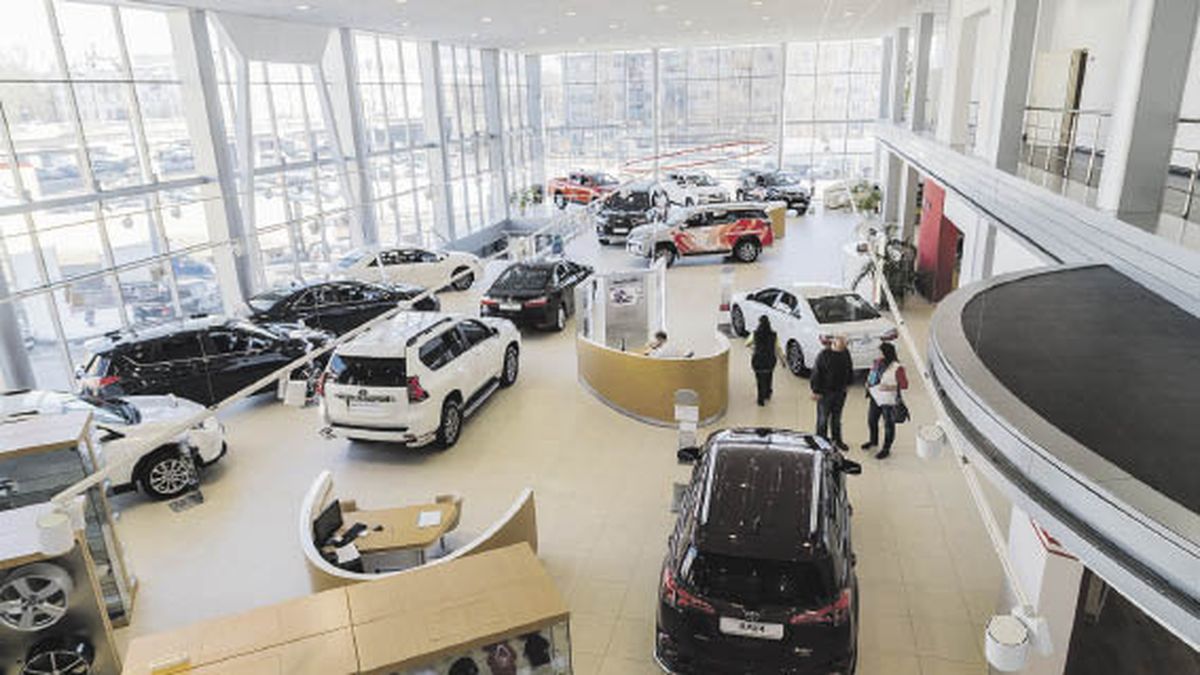He automotive market ended 2024 with greater activity than expected at the beginning of last year.
The change in the rules of the game, especially the end of restrictions on imports of carsallowed us to move from the shortage of units that existed until 2023 to a better product offering.
The growth in imports began to be felt in the last second semester, since the process to bring vehicles from abroad – from the production order to the parent companies to their arrival at the port – can take several months.
Furthermore, the moderate market expectations that existed last February or March – plus the problem of the million-dollar debt left in the sector by the former Minister of Economy, Sergio Massa – meant that vehicle orders were limited.
Only towards the end of the year did more imported vehicles begin to appear and production was also adjusted to the increased demand.
In any case, the 0km sale is much more disputed now and this is confirmed by the disappearance of markups and the generalization of discounts.
Although it cannot be said that there are too many cars, the buyer today has the possibility of taking his time to decide on the operation. There are exceptions to some brands and models that still have more demand than available units.
In this context, 2024 closed with a stock of 0km in factories, dealerships and importers of 106,200 units, according to the registry of the SIOMMA statistical system.
According to businessmen consulted, this is a logical number based on levels in normal times.
The calculation they make is that the market is working with an average trading volume of just over 40,000 km.
In 2024, 414,000 vehicles were sold, with a very bad first part, but by 2025 it is expected to reach 500,000 or a little more.
In this way, the stock is equivalent to less than three months of sales.
For example, in January they expect to sell 60,000 and 70,000 units. It must be taken into account that the first month of the year is, seasonally, the one with the highest volume.
This amount would take half of the stock, but it is also true that in these weeks 0km will continue to arrive at the port.
The current pace shows that more than half of the vehicles sold come from abroad.
Presumably, automakers will also seek not to unnecessarily increase their inventories due to the financial cost that this implies and the pressure to reduce it quickly. For that, they should give up profitability with discount policies.
For example, in 2019, when sales had a sharp decline, the stock of units throughout the network had reached six months. At that time, the consumer won because there was a sales festival.
In the current stock, the data to take into account is what happens with the Brazilian devaluation. Since it is cheaper to import cars from that country, there may be pressure from Brazil to sell their cars. Decisions are not always made in Argentina.
Source: Ambito
David William is a talented author who has made a name for himself in the world of writing. He is a professional author who writes on a wide range of topics, from general interest to opinion news. David is currently working as a writer at 24 hours worlds where he brings his unique perspective and in-depth research to his articles, making them both informative and engaging.




